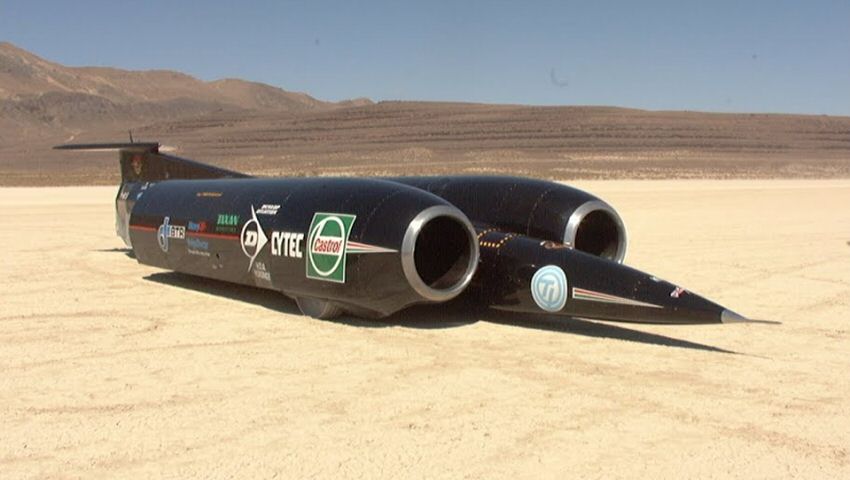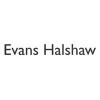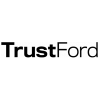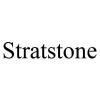
Is driving faster than sound enough?
Let’s face it: Usain Bolt is unlikely ever to nick your wallet. But, if he did, there wouldn’t be a whole lot of point in chasing him to get it back. Why? Because, as the fastest human on the planet, with a recorded top speed of 27.8 mph, he’s going to outrun you.
Unless, that is, you’re a cheetah. Because, then, poor old Usain is well outmatched. Able to clock-up speeds of almost 70 mph, your species makes him look like an arthritic tortoise. You’d catch him in a flash. In fact, lots of animals make humans look sluggish.
But we humans have got something our cousins of the animal world lack: an extremely powerful brain. It’s a fact that, sometimes, it may be hard to believe, but it’s true. And we’ve used it to build devices that outpace even the fastest cheetah by more than a factor of 10. The current Land Speed Record (set in 1997, by the Thrust SSC) stands at 763 mph (that’s faster than sound), achieved by the use of two jet engines able to generate about 102,000 brake horsepower between them. In case you’re wondering, that’s equivalent to the cumulative power of about 850 average-sized cars like the Honda Civic 1.6. But achieving such a speed isn’t cheap. The Thrust SSC engines, between them, burn fuel at the rate of about 16 gallons per mile (yep, gpm, not mpg), which, at the rate of a mile every 5 seconds or so (the speed of sound), works out to nearly 200 gallons per minute! If they were re-fuelling from their local Tesco station, they’d be shelling out about £1200 per minute on fuel alone!
But, expensive or not, it’s an impressive achievement. Which begs a natural question: how did we get here? Who were the pace-setters for the Thrust SSC? We thought it might be fun to do a quick review of some of the major record breakers over the past century or so.
1898
This was the year that the first-ever land speed record (39.24 mph) was achieved. The record breaker was Charles Jeantaud, a French coachbuilder who built his first electric carriage in 1881, and who went on to be a successful automobile manufacturer in Paris between 1893 and 1906. His record-breaking car weighed around 1,400kg, and was powered by a 36 hp electric engine.
1904
On a warm summer day back in 1904, another Frenchman, called Louis Rigolly, was determined to do something that nobody else had ever done before: exceed 100mph in a car. So he and his team went to a beach (roads weren’t that great back then) in Ostend, Belgium, to take their shot at making history. And they did. Rigolly hit 103.5mph and completed the 1km course in just under 22 seconds. Their car of choice? A 13.5 litre Gobron-Brillié.
1927
There can’t be that many slugs that have managed a speed of over 200mph, but the ironically-named Sunbeam 1000HP was one. Built by the Sunbeam company in Wolverhampton, it set a new land-speed record of 203.79 miles per hour with the great Henry Segrave at the wheel. It was nicknamed the slug because it looked like one, despite being powered by two jet engines which together generated (guess what) 1000HP. Actually, the figure was closer to 900HP, but hey - why quibble when 1,000 is such a nice round number?
1935
This year saw the driving test become compulsory in the UK. It also saw another 100mph increase in the land speed record. This time it was Sir Malcolm Campbell at the wheel. Sir Malcolm was a motoring journalist as well as a racing driver, and he actually broke a total of nine speed (land and water) records between 1924 and 1935. The last of these was in a car built by Sunbeam (he called it the Blue Bird, as he did all his cars and boats), in which ‘scored’ an average speed of 301.34 mph over two passes.
1964
Like father, as they say, like son. Enter Donald Campbell, Malcolm’s son, who carried on the family tradition of breaking speed records. Driving an evolved, and superior, version of the Blue Bird, he set a new record of 403.1mph (645kph). It may sound impressive, but, in point of fact, Donald was disappointed – he had intended to reach 500mph.
1970
While the Beatles were preparing to break up (which they did on 10 April 1970), a car called the Blue Flame was being built in Milwaukee, by a company called Reaction Dynamics. The founders of the company had developed the first rocket dragster propelled by hydrogen peroxide, liquefied natural gas and pressurised with helium gas. The result? A vehicle (effectively a missile) which chalked up a new land speed record of 630.3mph.
1983
Enter the Thrust2. Designed by Richard Noble, it was powered by a single Rolls-Royce Avon jet engine sourced from an English Electric Lightning, and reached a top speed of 650.88mph on 4 October 1983, at the Black Rock Desert in Nevada. And thus we turn full-circle, because this is where we came – this record remained until Noble’s follow-up car, the ThrustSSC arrived in 1997.
At Desperateseller.co.uk, we don’t have anything quite as quick as the ThrustSSC. But our selection of used cars contains a lot of pretty nippy vehicles. Why not check out what’s on offer now?













